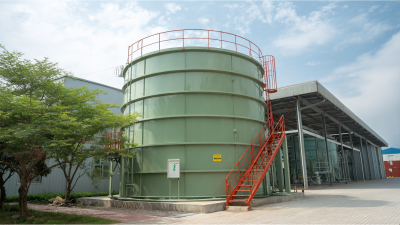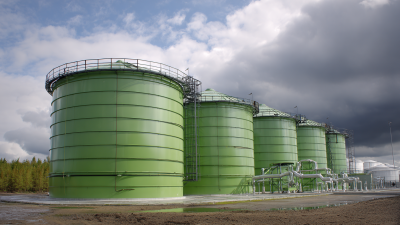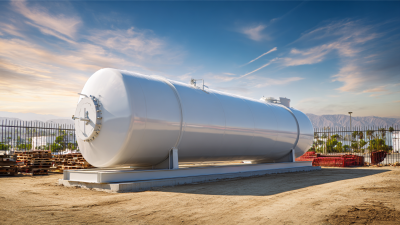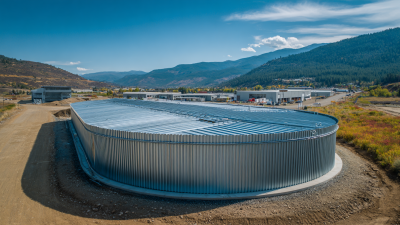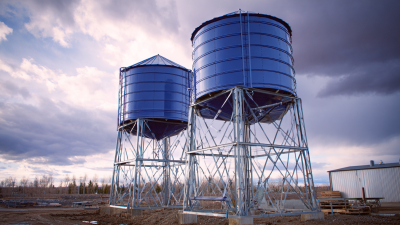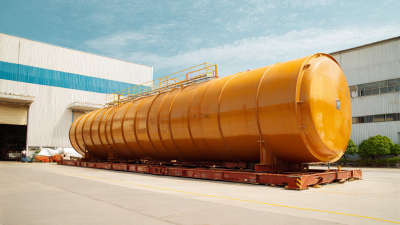When it comes to storing water for agricultural, industrial, or domestic use, selecting the appropriate container is crucial. A Metal Water Tank can provide long-lasting durability and efficiency, but with a variety of options available, making the right choice can be overwhelming. Understanding your specific needs and the factors that influence the performance of a water tank is essential for ensuring proper water storage. In this guide, we will explore five essential tips to help you navigate the decision-making process, ensuring that your Metal Water Tank meets your requirements for capacity, material quality, insulation, and maintenance. With these insights, you can make an informed choice that will serve your needs effectively for years to come.
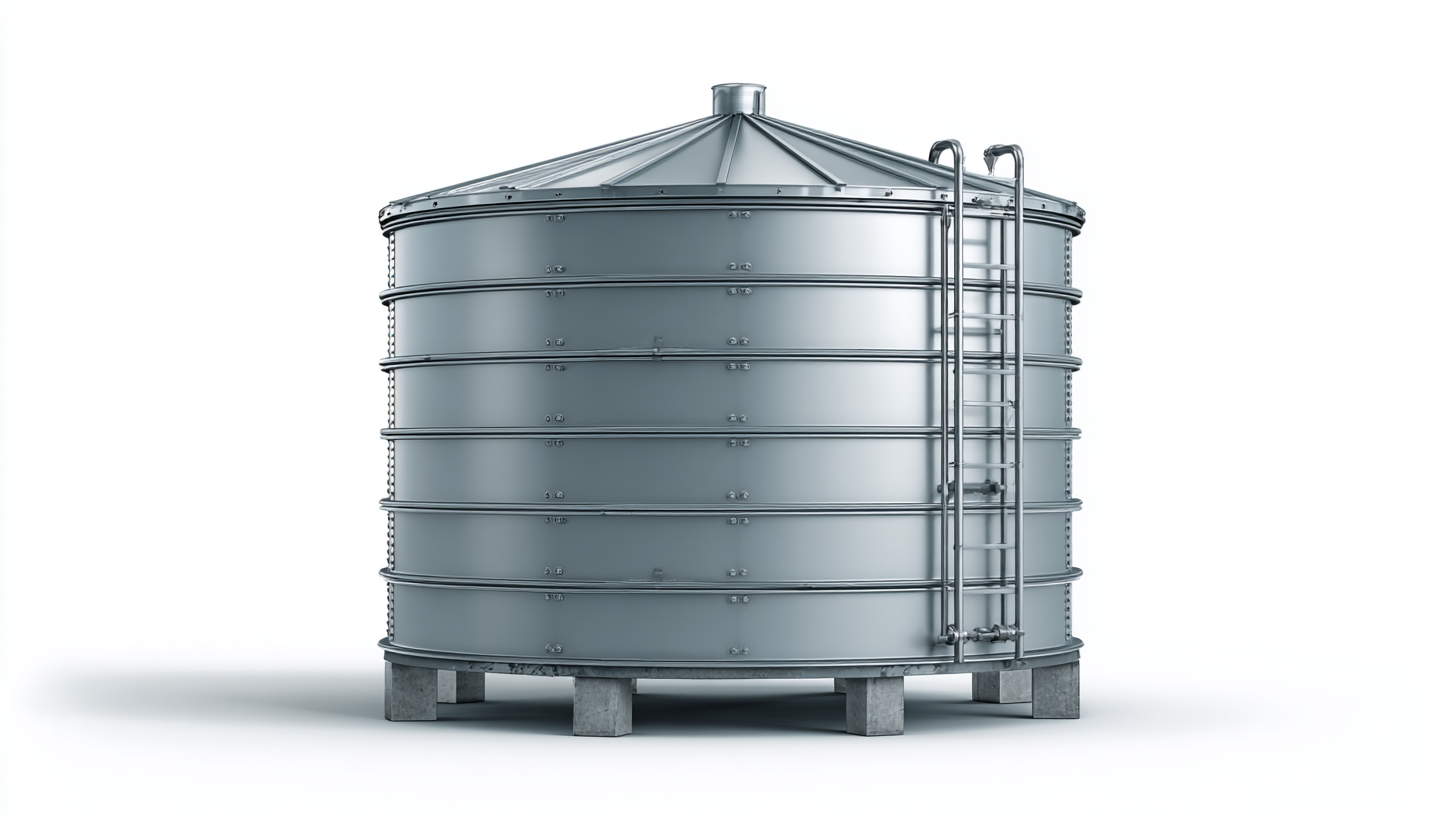
Choosing the right metal water tank requires a clear understanding of your specific water storage requirements. This involves evaluating factors such as the volume of water you need to store, the purpose of the storage, and local climate conditions. For instance, if you live in an area prone to droughts or heavy rains, you may need a tank that can handle both extreme wet and dry conditions effectively. It's essential to consider how the tank will fit into your overall water management strategy.
When selecting a metal water tank, consider the first tip: assess your capacity needs accurately. Understanding your average and peak water usage can guide you toward selecting the right size tank. For example, the Delaware River Basin's recent evaluations of water storage options reflect the need for strategic planning in water conservation, which can also apply to individual capacities.
Another tip is to evaluate the tank's durability and resistance to corrosion. Metal tanks, if properly coated or made of stainless steel, can withstand various environmental factors, ensuring a long-lasting solution. As global awareness of climate change impacts rises, ensuring that your water storage systems can adapt to changing conditions becomes increasingly important, underscoring the significance of making informed choices when selecting metal water tanks for your needs.
When evaluating the different types of metal water tanks, it’s crucial to consider the material’s durability and resistance to corrosion. Stainless steel tanks, for instance, are renowned for their longevity and are ideal for environments where corrosion is a concern. They can withstand extreme weather conditions and are non-reactive, making them suitable for storing potable water. On the other hand, galvanized steel tanks offer a more economical solution while still providing adequate strength and resistance to rust. However, their lifespan may be shorter in harsh conditions, necessitating regular inspections and maintenance.
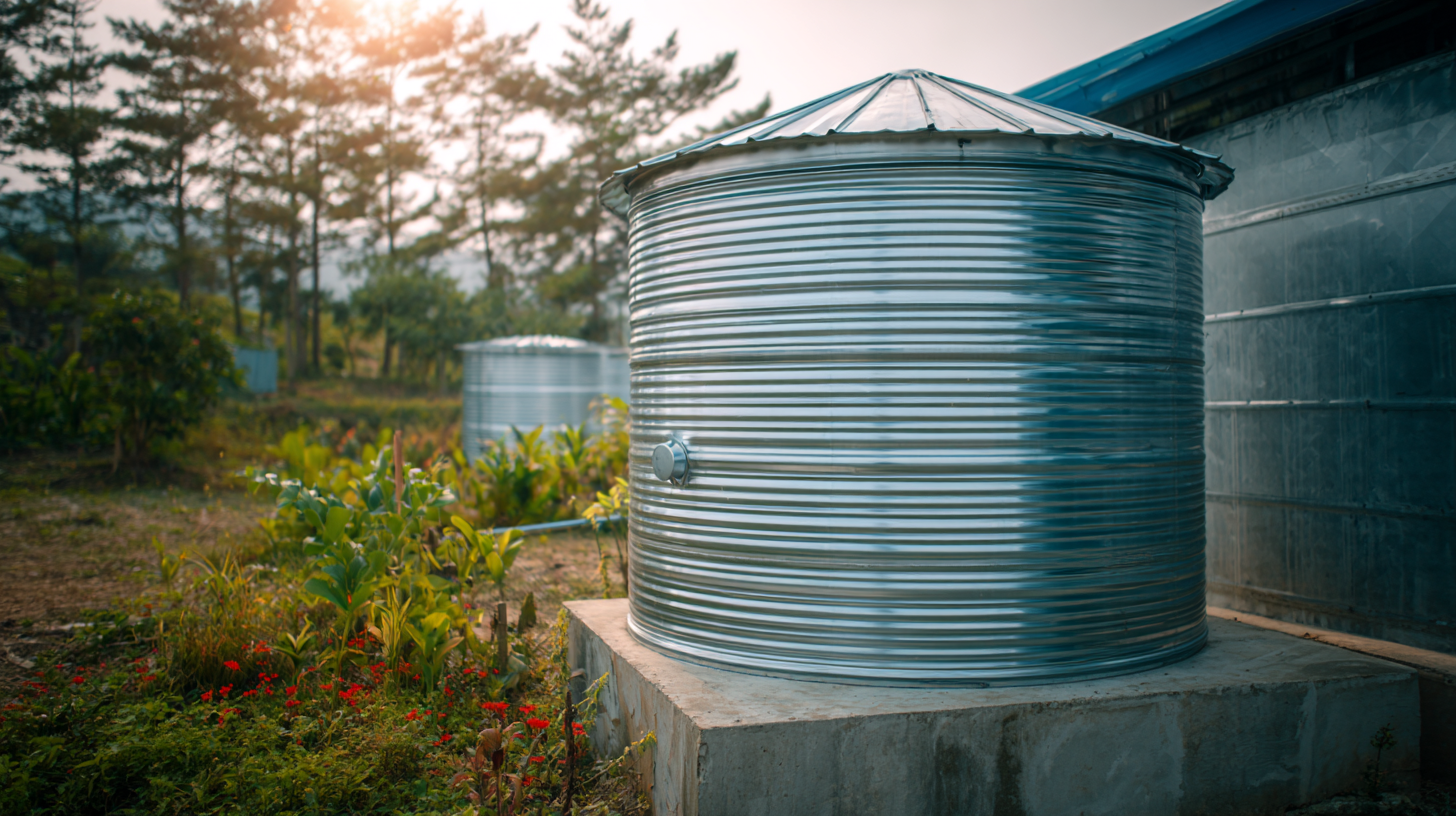
Additionally, the tank’s design and capacity should align with your specific needs. Vertical tanks are typically space-efficient and suitable for smaller areas, while horizontal tanks can hold larger volumes and are easier to fill and empty. Consideration of the tank size is imperative, as you want to ensure sufficient water supply without unnecessary excess. Assessing installation requirements, such as supports and location, also plays a significant role in determining the right type of metal water tank for your situation. Ultimately, understanding these factors will help you choose a tank that meets both your functional and environmental needs.
When selecting a metal water tank, assessing durability and maintenance needs is crucial to ensure long-term reliability and efficiency. According to recent studies, the durability of materials used in such tanks can significantly influence their lifespan. For instance, advances in energy-efficient construction materials focus heavily on reducing environmental impacts while enhancing structural integrity. Utilizing high-performance alloys can prevent rust and corrosion, which are primary concerns in water tank maintenance, achieving durability ratings that extend the lifespan up to 30 years or more under optimal conditions.
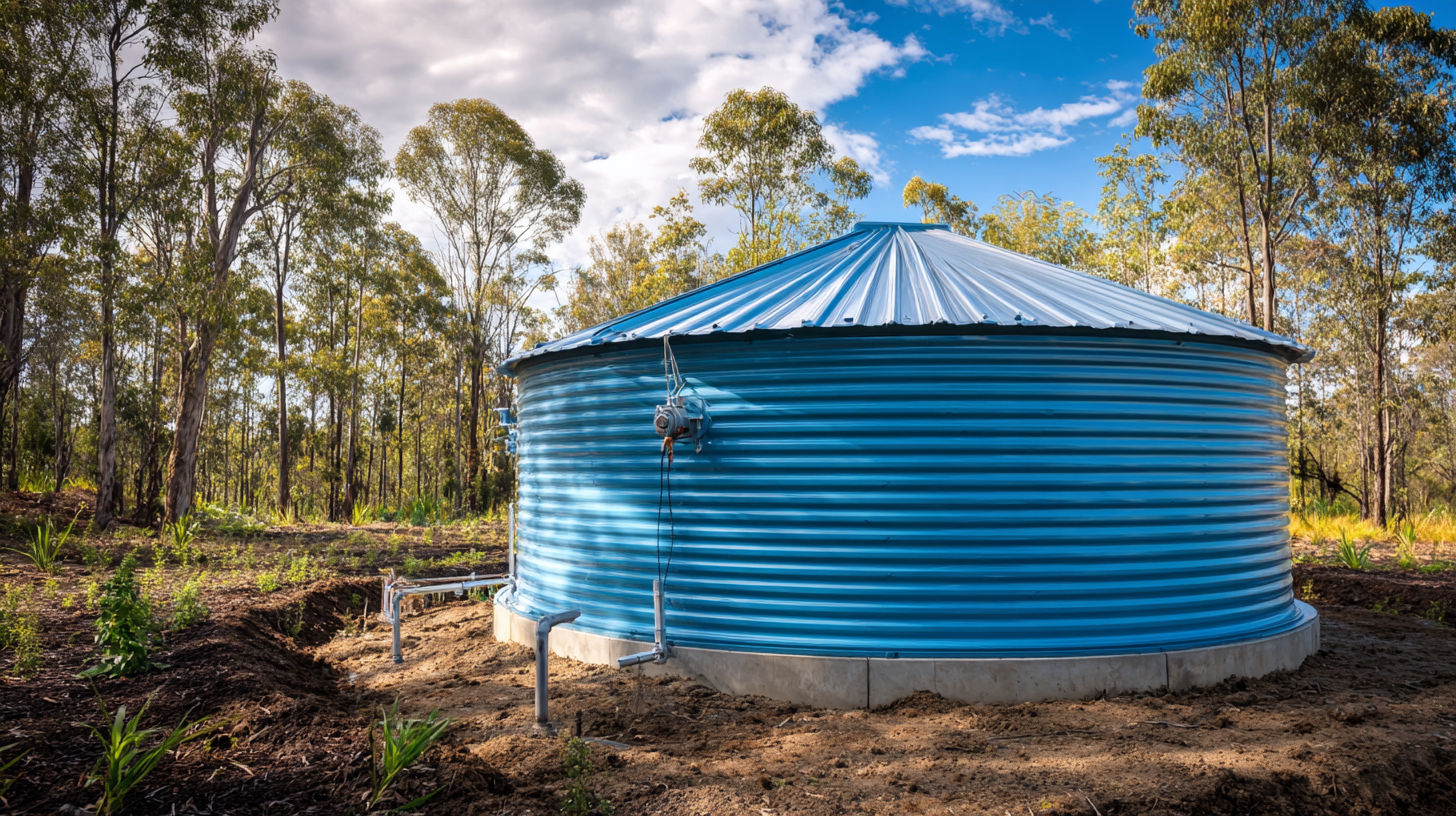
Maintenance requirements also play a significant role in the overall cost-effectiveness of the metal water tank. Reports indicate that proactive maintenance, such as regular inspections and cleaning, can mitigate the risks of long-term damage, ultimately leading to reduced operational costs by up to 20%. Additionally, adherence to quality control standards during manufacturing is essential; a lack of quality assurance can lead to premature failure and increased maintenance frequency. Professionals recommend considering tanks with innovative coatings that minimize maintenance needs and enhance performance, highlighting the importance of choosing a tank that aligns with both durability expectations and maintenance capabilities.
When choosing a metal water tank, size and capacity are crucial considerations that directly impact efficiency and functionality. According to a report by Market Research Future, the demand for metal water tanks is expected to grow significantly, driven by urbanization and water conservation efforts. Understanding the space available and the volume of water needed can help you select a tank that meets both your immediate requirements and potential future needs.
In residential settings, a common guideline is to allocate around 10 gallons of water per person per day for drinking and sanitation purposes. For a family of four, this translates to a minimum capacity of 400 gallons, though factors such as outdoor landscaping and irrigation may necessitate larger tanks. Furthermore, industry insights suggest that metal tanks, particularly those made from galvanized steel or stainless steel, offer superior durability and corrosion resistance, enhancing their lifespan and performance. Choosing the right size not only ensures that your water supply is ample but also minimizes overflow and storage issues in confined spaces.
When it comes to selecting the right metal water tank, understanding your budget and cost-effectiveness is crucial. First and foremost, assess your needs based on capacity and purpose. A larger tank may seem like a more expensive option initially, but if it meets your long-term water storage needs, it can be more cost-effective over time. Additionally, consider the material: galvanized steel tanks, for instance, may have a higher upfront cost but offer durability and fewer maintenance expenses in the long run.
To help you navigate these choices, one essential tip is to seek multiple quotes from suppliers. This allows you to compare not just upfront costs but also warranties and service plans, diving deeper into the overall value offered. Another important factor is the tank’s longevity; investing in a high-quality metal tank can significantly reduce the frequency of replacements, ultimately saving you money. Lastly, consider the installation costs that might be incurred, as these can vary widely and impact your total expenditure. Always remember to factor these elements into your budgeting process to ensure you make a well-informed decision.
